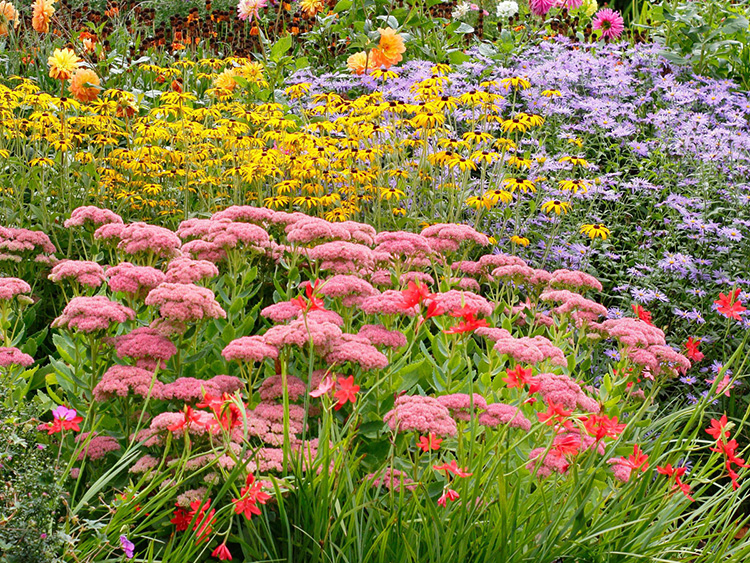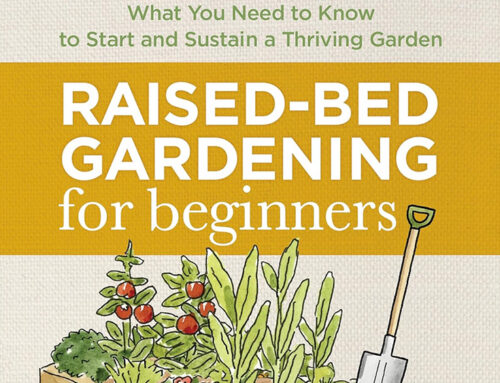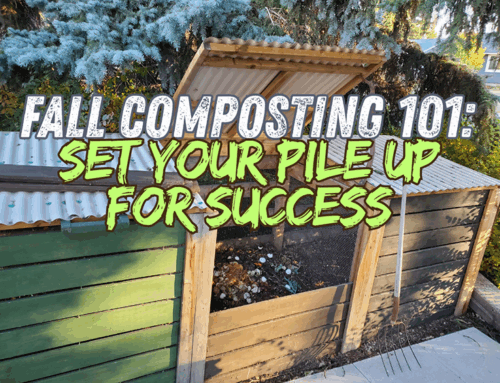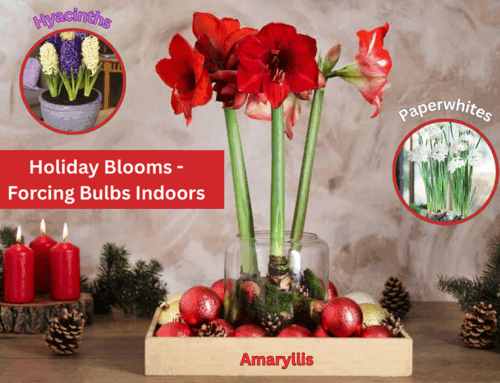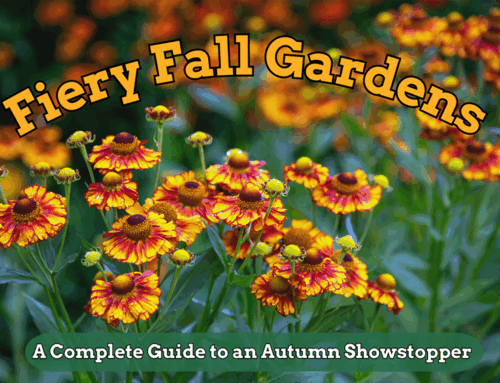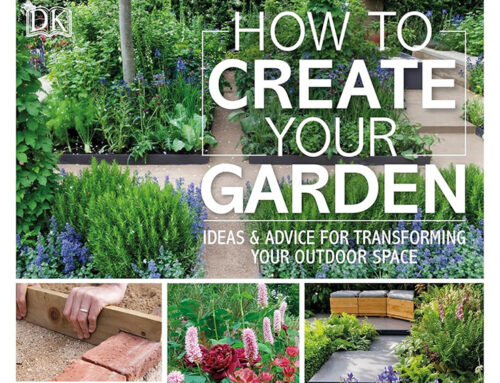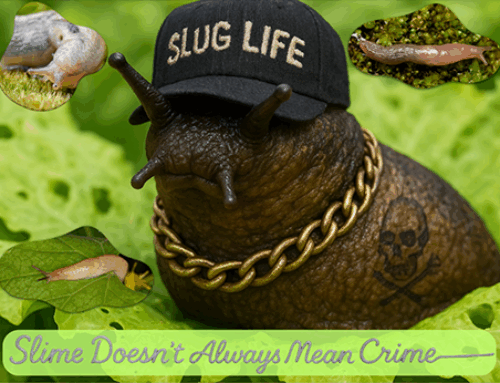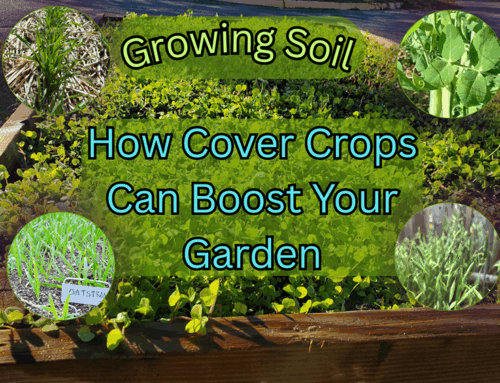November Gardening Chores
By Brett Kerley
When November arrives many gardeners are done for the year. Tools are packed away and yards are cleaned, ready for the snow to arrive. However, over recent years, we haven’t actually seen much snow until December, although we do get those hard frosts, Plants like goldenrod, black-eyed susan, and pansies will keep on flowering and can even cope with a light blanket of snow until the ground freezes over, usually around mid-November. There’s still time to get in a few November gardening chores that will pay off in the spring!
Harvesting Vegetables
 Have you ever wondered how some gardeners keep their kitchens filled with fresh vegetables long into fall? It’s because they use season-extending tools like hoop houses, cold frames, or row covers. These are a great way to get late carrots, kale, cauliflower, beets, and onions and are way cheaper than purchasing a greenhouse. If you haven’t used any of these methods before, consider looking into making or purchasing them for next season.
Have you ever wondered how some gardeners keep their kitchens filled with fresh vegetables long into fall? It’s because they use season-extending tools like hoop houses, cold frames, or row covers. These are a great way to get late carrots, kale, cauliflower, beets, and onions and are way cheaper than purchasing a greenhouse. If you haven’t used any of these methods before, consider looking into making or purchasing them for next season.
Preparing Vegetable Beds
 Now is the time to till your vegetable beds. To prevent diseases from overwintering, clean up and dispose of any diseased plant material. Compost all other plant material. Tilling can be done with a cultivator or a fork, but a powered cultivator/tiller can make a tough job a lot more manageable.
Now is the time to till your vegetable beds. To prevent diseases from overwintering, clean up and dispose of any diseased plant material. Compost all other plant material. Tilling can be done with a cultivator or a fork, but a powered cultivator/tiller can make a tough job a lot more manageable.
So what does this do to your soil? It breaks up hard, compacted ground to allow oxygen and water to flow through it better and helps break down organic matter. Loosening the soils benefits you when it’s time to plant again as the roots will establish better in loose soil. Existing weeds will have their roots cut off and will hopefully die. Another advantage of tilling now is that it exposes any pests to the winter cold. After tilling, add finished compost to your garden beds to improve the soil.
Please note* Tilling should be done when the soil is dry. Tilling soil with too much moisture will damage the soil structure and can make it more difficult for plants to grow. If a handful of soil crumbles when you squeeze it, it should be dry enough. This goes for fall and spring tilling.
Plant Protection
One of the most important November gardening chores is protecting your plants against the cold.
Don’t put away those hoses yet! Before everything freezes over, give all your trees, shrubs and perennials one last thorough soaking. This helps insulate the plants over winter. Then wrap your hose using your shoulder so that all the water flows downward and out of the end of the hose. Draining the hose prevents it from freezing and splitting which happens more times than you think. Store in a dry place along with your hose sprayers.
 Next on the list is to protect those newly planted or semi-hardy plants like lavender, roses, and weigela. It can take a while for some perennials to establish themselves and get really rooted. Some of our other popular plants do get well established but still need a little help from us to get through the cold Edmonton winters. So how can we help them survive?
Next on the list is to protect those newly planted or semi-hardy plants like lavender, roses, and weigela. It can take a while for some perennials to establish themselves and get really rooted. Some of our other popular plants do get well established but still need a little help from us to get through the cold Edmonton winters. So how can we help them survive?
Mulch! That’s the simple answer. Keep mulch in a dry place like an old garbage can. If it’s left to the elements, it will be one frozen lump that you cannot spread easily. Avoid covering the plant completely until the ground freezes, then cover to protect it from those bitterly cold winds. Snow also provides excellent protection.
Protecting small trees and shrubs
A burlap wrap is one of the best ways to protect small trees and shrubs. There are several controversies regarding the best way to do this so I suggest a little research regarding the best way for your plant. I’m going to share how I like to protect my tall shrubs, cedars and junipers. First, I wrap twine around them to keep their shape; fishing wire works too. This prevents the snow and ice from collecting in the branches and bending them out of shape. Next, I put in four stakes around the plant and wrap burlap around it. This gives the plant enough room to breathe. I’ve seen too many times where homeowners wrap burlap without the stakes and when spring comes they unravel it to find big brown patches where it was too tight. My method has worked for me, so I’m sticking to that. After several years of doing this they’re on their own: no more wrapping.
Winterizing Pots
 Unless using winterized pots, it is essential that you empty your containers and pots. Clean them out and store them in a dry place like a garage, greenhouse or shed. This is particularly important for ceramic and clay pots as the water in them will freeze and expand, causing them to crack. You should also clean any water fountains, bird baths or ornaments that hold water before storing them away.
Unless using winterized pots, it is essential that you empty your containers and pots. Clean them out and store them in a dry place like a garage, greenhouse or shed. This is particularly important for ceramic and clay pots as the water in them will freeze and expand, causing them to crack. You should also clean any water fountains, bird baths or ornaments that hold water before storing them away.
Happy gardening everyone! Enjoy the sights that the frost brings us this time of the year.

